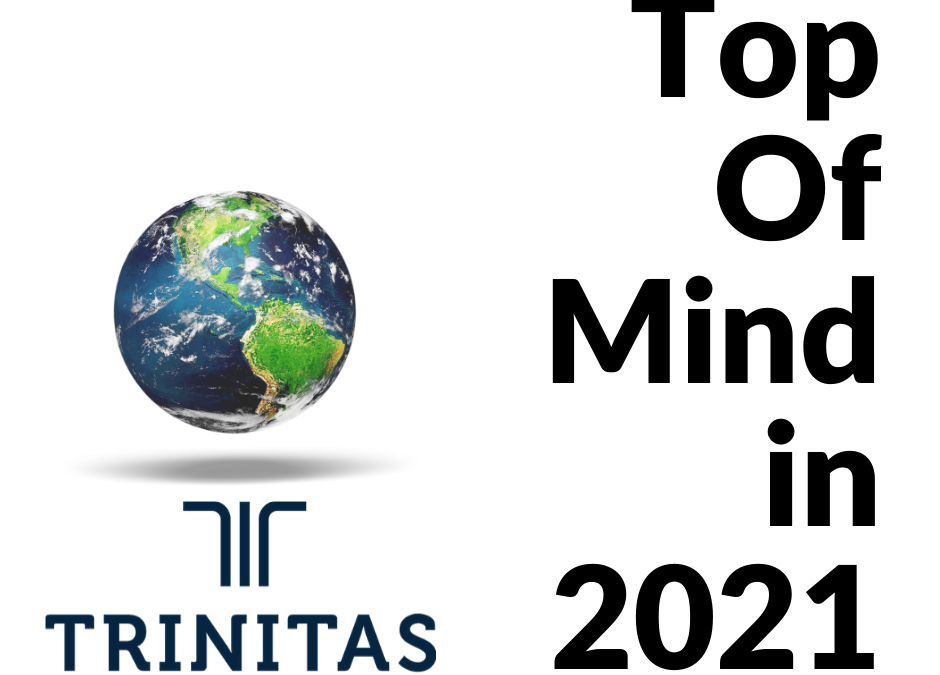As leaders, we always need to be thinking ahead. While it’s easy to put on blinders and go full-speed ahead on our own priorities, we need to keep a finger on the pulse of our companies, our industries, and our society as a whole. Nothing happens inside a vacuum; here’s what you need to have top of mind in the new year.
There’s no beating around the bush. 2020 was an incredibly unpredictable and tumultuous year. For many of us, it was more than day-to-day; at times, leaders felt that their crisis management was broken down to minute-to-minute decisions that could make or break their companies. Hopefully, you’ve caught your breath because this year offers just as many hurdles and higher missions.

We all need to prepare to have the proper messaging and action in place to answer questions from both our own teams and the world at large on some of the most important and pressing issues of the day. It’s not just the pandemic; in fact, we’re leaving the on-going challenges of COVID-19 off this list entirely.
Climate Change. It’s an issue that often feels too big and too overwhelming for a single business to tackle, but we all play our part. If the pandemic has changed the lives of millions, the ever-pressing and accelerating dangers of climate change will affect billions as, indeed, it already has. Business leaders at Fortune 500 companies know it will affect all firms; over 75% said climate issues are the greatest risk in the year ahead.
You can’t save the planet on your own, but you don’t have to. Take control of your slice of the world and enact basic sustainability efforts, such as:
- Employee training on sustainability and energy efficiency
- Explore more sustainable appliances, facilities, lighting and practices
- Improve sustainability in production, materials, and distribution
- Research, encourage, or switch suppliers based on their environmental sustainability
- Reduce employee commute times and air travel and track the reductions
While some of these moves may require investment up front, leaders have found that many have long-term benefits and positive ROI. Plus, with more young workers wanting to work for socially-responsible companies, you’ll likely gather talented team members.
Diversity. In spite of themselves, leaders tend to have a disconnect when it comes to examining their role in diversity in the workplace. You may be fair, open-minded, and quick to defend your workforce composition and practices, but how long as it really been since you took a deeper look? From the top down, invest time each week in developing better strategies to hire and retain workers from all walks of life.
- Create updates hiring practices that actively seek out minority and female applicants
- Create and enforce new standards for workplace behavior, including mechanisms for removing workers found to have engaged in racist, sexist, homophobic, or hateful behavior. Basically, put the line down and don’t slap wrists when it’s crossed.
- Write up goals for hiring and retaining minorities and women and assigned quarterly reviews to ensure they’re being met
- Create specific leadership within the company that includes different departments and employee levels to examine your team’s inclusivity
What are the issues you’re most concerned about? Let us know via email and we will look at some best practices and industry recommendations on your behalf.

